Wide Right Turn Accident: Your Rights and Recovery Options
A wide right turn accident happens when large trucks swing left before turning right, striking vehicles in adjacent lanes. These crashes cause serious injuries and complex insurance battles, but a truck accident lawyer advocates for victims and protects their rights.
The truck driver’s failure to check blind spots or signal properly often creates dangerous situations for everyone on the road. Understanding your rights helps you navigate this difficult time and get the compensation you need to move forward.
Table of Contents
ToggleFactors That Cause Wide Right Turn Crashes
Large trucks need extra space to make right turns because of their size and length. The driver must swing the truck’s cab to the left before turning right to avoid hitting curbs, signs, or other obstacles.
Driver Error

Truck drivers cause wide right turn accidents through various mistakes and violations. Poor judgment and inadequate training can lead to devastating crashes.
- Blind Spot Failures: Drivers don’t check mirrors or use turn signals before swinging left, completely missing cars in adjacent lanes.
- Speed Violations: Taking turns too fast makes controlling the truck’s movement extremely difficult and creates wider turning paths.
- Timing Mistakes: Drivers start turning without waiting for traffic to clear, assuming other vehicles will stop or move out of the way.
Vehicle and Road Factors
Some accidents happen because of equipment problems or poor road design. These factors don’t excuse driver negligence but help explain why crashes occur in certain locations.
Faulty mirrors, broken turn signals, and worn tires make safe turning nearly impossible. Poor lighting at intersections and unclear lane markings add to the danger, especially during bad weather or at night.
Passenger Vehicle Drivers
Passenger vehicles often contribute unintentionally to wide right turn accidents by not recognizing the increased turning radius of large trucks. Failing to maintain a safe distance, lingering in blind spots, or assuming a truck will execute a smaller turn can create a collision.
Awareness, space, and caution around large trucks, especially at intersections, are crucial to preventing collisions.
Determining Fault in Wide Right Turn Cases
Fault determination focuses on which driver violated traffic laws or acted negligently. Truck drivers usually bear responsibility because they have initiated dangerous maneuvers, but other parties may have had a role in the wreck.
Truck Driver Responsibilities
Commercial drivers must follow stricter safety rules than regular motorists. They’re required to check blind spots, signal early, and wait for traffic to clear before turning.
The law requires truck drivers to make sure their turning path is safe before starting the maneuver. Failing to do this makes them liable for any resulting accidents and injuries.
Passenger Car Drivers
Other motorists sometimes contribute to wide right turn accidents through their own negligent behavior. Drivers who speed through intersections, run red lights, or attempt dangerous passing maneuvers create hazardous conditions.
Some car drivers try to squeeze past turning trucks in spaces that aren’t safe. Others fail to yield the right-of-way or ignore turn signals, putting themselves directly in the truck’s path during the turning maneuver.
Trucking Companies
Trucking companies bear responsibility when they hire unqualified drivers, skip required training, or pressure drivers to meet unrealistic delivery schedules. Companies that don’t properly screen drivers for clean driving records and valid commercial licenses create dangerous situations.
Inadequate vehicle maintenance by trucking companies leads to equipment failures during turns. Broken mirrors, faulty turn signals, and worn tires make safe turning challenging, even for experienced drivers.
Cargo Loading Companies
Improper cargo loading affects how trucks handle during turns and stops. Loading companies that overload trailers or distribute weight incorrectly make vehicles unstable and harder to control.
Unsecured cargo that shifts during turns can cause drivers to lose control or create unexpected vehicle movements. Loading crews who don’t follow proper procedures put everyone on the road at risk.
Maintenance and Repair Companies
Companies hired to service commercial vehicles can be liable when their negligent work causes accidents. Mechanics who improperly repair brakes, steering systems, or safety equipment create conditions that lead to crashes.
Failure to properly inspect vehicles during routine maintenance allows dangerous conditions to persist. Repair shops that sign off on unsafe vehicles without fixing known problems share responsibility for accidents.
Vehicle Manufacturers
Defective truck parts can cause accidents even when drivers follow all safety rules. Faulty braking systems, steering components, or mirror assemblies create dangerous conditions that drivers might not overcome.
Design flaws in trucks that create larger blind spots or make turning more difficult put other motorists at risk. Manufacturers who know about these problems but don’t issue recalls or warnings share liability for resulting accidents.
Government Entities
Poorly designed intersections and inadequate traffic control devices contribute to wide right turn crashes. Government agencies responsible for road design and maintenance may be liable when their negligence creates hazardous conditions.
Intersections without proper sight lines or turning radius accommodations set up dangerous situations.
Multiple Parties May Share Blame
Determining fault in wide right turn accidents often involves assessing the actions of all parties. Sometimes fault gets divided between multiple parties involved in the accident. Your actions at the time of the crash get examined, too.
Comparative negligence principles come into play when multiple parties share blame. These laws (which vary by state) indicate how compensation gets distributed when the victim also bears some responsibility.
Washington uses a pure comparative negligence system, allowing individuals to recover damages even if they are 99% at fault. However, the compensation is reduced by their percentage of blame.
In contrast, Florida employs a modified comparative negligence rule. Here, victims can recover damages only if they’re less than 51% at fault, but their percentage of fault also reduces their compensation. If a victim’s fault exceeds 51%, they cannot recover anything.
Types of Compensation Available
Wide right turn accident victims can recover various types of damages depending on their specific losses. The compensation covers both immediate expenses and future needs related to your injuries.
Common damages include:
- Medical Expenses: Your compensation claim covers emergency room visits, surgeries, medications, physical therapy, and ongoing rehabilitation costs related to your injuries.
- Lost Income: Compensation covers the wages you’ve missed plus future earning capacity if your injuries prevent you from returning to your previous job or working at full capacity.
- Property Damage: This payment is for vehicle repairs or replacement costs, plus damage to other personal belongings due to the accident.
- Pain and Suffering: You may seek compensation for physical discomfort and emotional distress caused by your injuries.
- Loss of Activities: This compensation is for hobbies, sports, and social activities that brought you happiness but have become difficult or impossible after your accident.
- Future Care Needs: Compensation covers long-term medical treatment, home modifications, assistive devices, and personal care assistance if your injuries create permanent disabilities.
How a Lawyer Helps With Wide Right Turn Accident Claims
If someone else’s negligence harmed you or your car in a wide right turn by a commercial truck, you may have a valid personal injury claim. A lawyer handles all of the legal work for you and protects your interests.
Investigation and Evidence Collection
Attorneys have the resources to conduct thorough accident investigations that individuals can’t match. They work with accident reconstruction specialists, obtain surveillance footage, and interview witnesses before memories fade.
Professional investigators examine the accident scene, take measurements, and document road conditions. This evidence helps establish exactly what happened and helps uncover negligence.
Dealing With Insurance Companies
Lawyers handle all communication with insurance adjusters so you don’t have to worry about saying something that hurts your case. They know which settlement offers are fair and which ones try to take advantage of your situation.
Your attorney negotiates from a position of strength because they understand insurance company tactics and have the experience to counter them effectively.
Medical Evidence and Expert Testimony
Attorneys work with medical professionals to document your injuries and treatment needs. They consult with doctors who can explain your prognosis and future medical requirements to insurance companies and juries.
Medical experts help establish the connection between your injuries and the accident, which is especially important when insurance companies try to blame pre-existing conditions.
Litigation When Necessary
Some cases require filing a lawsuit to get fair compensation. Insurance companies sometimes refuse reasonable settlement offers, hoping you’ll give up rather than go to court.
Trial attorneys have the skills and resources to present your case effectively to the bench. Their reputation for taking cases to trial often motivates insurance companies to make better settlement offers.
FAQ for Wide Right Turn Accident
What Is a Wide Right Turn Accident?
A wide right turn accident occurs when a large truck or commercial vehicle swings left into an adjacent lane before making a right turn, striking vehicles beside or behind them.
The truck driver needs extra space to avoid hitting curbs or obstacles but fails to check for other traffic in the process. These accidents typically happen at intersections when the truck driver doesn’t properly signal their intentions or ensure the turning path is clear.
The victim’s vehicle often gets caught in the truck’s blind spot during this maneuver, leading to serious side-impact collisions that cause significant damage and injuries.
Who Is at Fault in Most Wide Right Turn Truck Accidents?
The truck driver is usually at fault because they’re responsible for making sure their path is clear before starting the maneuver. Commercial drivers must follow stricter safety standards than regular motorists, including checking all mirrors, signaling early, and waiting for traffic to clear.
However, depending on the specific circumstances, fault can sometimes be shared between multiple parties. Other potentially liable parties include the trucking company if it failed to train the driver or maintain the vehicle properly.
Other drivers may be liable if they were speeding or driving recklessly at the time of the accident.
How Long Do I Have To File a Claim After a Wide Right Turn Crash?
The time limit for filing a personal injury claim varies by state, typically ranging from one to four years from the date of the accident. In Florida, you generally have two years to file a personal injury lawsuit, while Washington gives you three years.
However, insurance claims need to be reported much sooner, often within days or weeks of the accident. These deadlines are strict, and missing them can prevent you from recovering any compensation regardless of how strong your case might be.
These rules have some exceptions, notably if a government entity was involved. Contact an attorney as soon as possible after your accident to protect your rights and preserve evidence.
What Evidence Do I Need for My Wide Right Turn Accident Case?

Key evidence includes police reports, photos of vehicle damage and the accident scene, witness contact information, and your medical records showing injuries from the crash.
Traffic camera footage, surveillance video from nearby businesses, and the truck’s electronic logging device data can provide crucial proof of what happened.
Your medical documentation can link your injuries to the accident. Keep records of all expenses related to the accident, including medical bills, lost wages, and property damage receipts, as these help calculate your total damages.
Can I Still Get Compensation if I Was Partially at Fault?
Yes, you may still recover compensation even if you bear some responsibility for the accident, depending on your state’s comparative negligence laws.
Washington follows a pure comparative negligence system, meaning you can recover damages even if you were 99% at fault, though your compensation gets reduced by your percentage of blame.
Florida uses a modified comparative negligence rule where you can recover damages only if you’re less than 51% at fault. For example, if you’re found 20% responsible for the accident and your total damages are $100,000, you’d receive $80,000 in compensation.
Take Control of Your Recovery Today
Your truck accident case has a limited window for action, and insurance companies are likely already working to minimize what they pay you. The right legal representation levels the playing field and fights for the full compensation you need to rebuild your life.
Contact personal injury attorney at Boohoff Law, P.A. today at (813) 445-8161 for your free consultation. We’ll review your case and explain how we can help you.
Free Consultation
We Are Here For You 24/7
Reviews
– Elissa M.
“Really pleased with Boohoff Law! Received immediate responses when I had any questions. Treated amazingly by all staff … made this process a true breeze!”
– Caitlyn M.
– Brandy K.
Related Posts
I Was Partially At-Fault in a Rear-End Crash. Can I Still Get Compensation in Florida?
I Was a Passenger in an Uber Accident. What Are My Rights?
What Damages Can I Recover After a Jackknife Truck Accident?
Recovery is personal.
We’re here for you.
We’re close by. And if you can’t make it to us, we’ll meet you where you need us, at home or in the hospital.
You're better off with Boohoff.


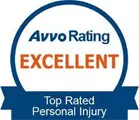
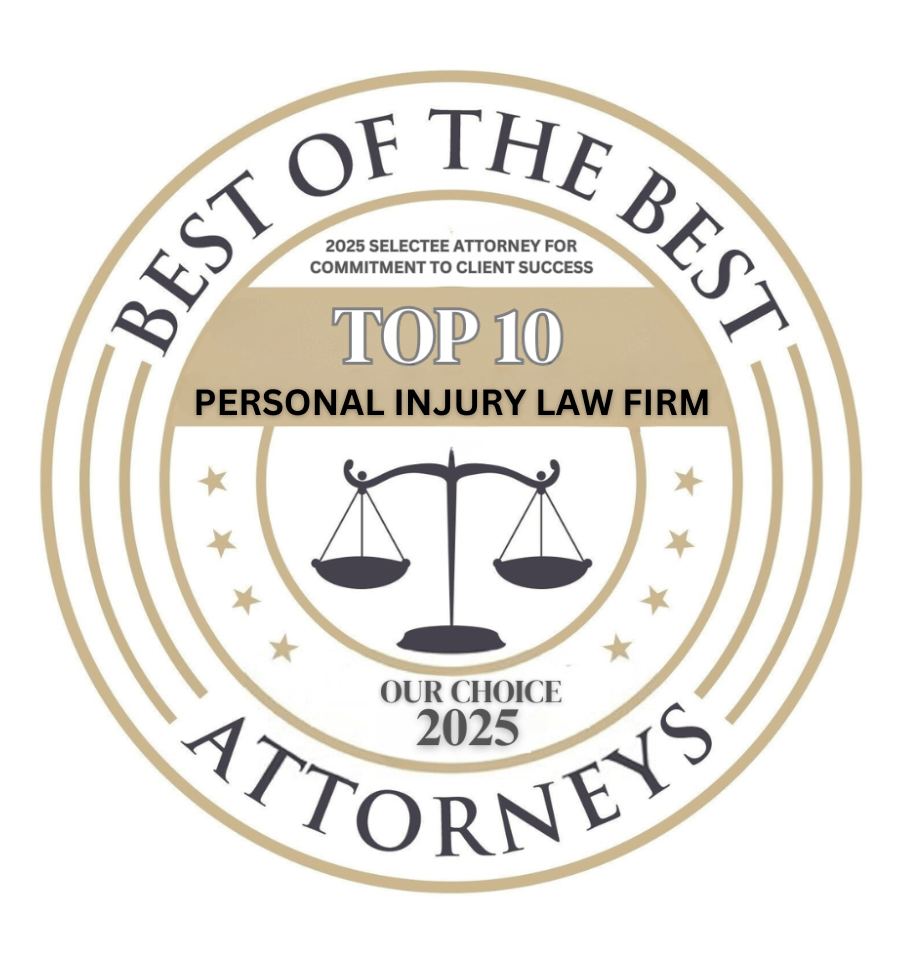
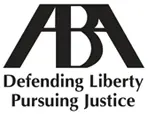
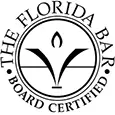
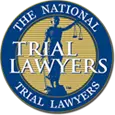
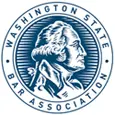



The information on this website is for general information purposes only. Nothing on this site should be taken as legal advice for any individual case or situation. This information is not intended to create, and receipt or viewing does not constitute, an attorney-client relationship.
available 24/7
(877) 999-9999
